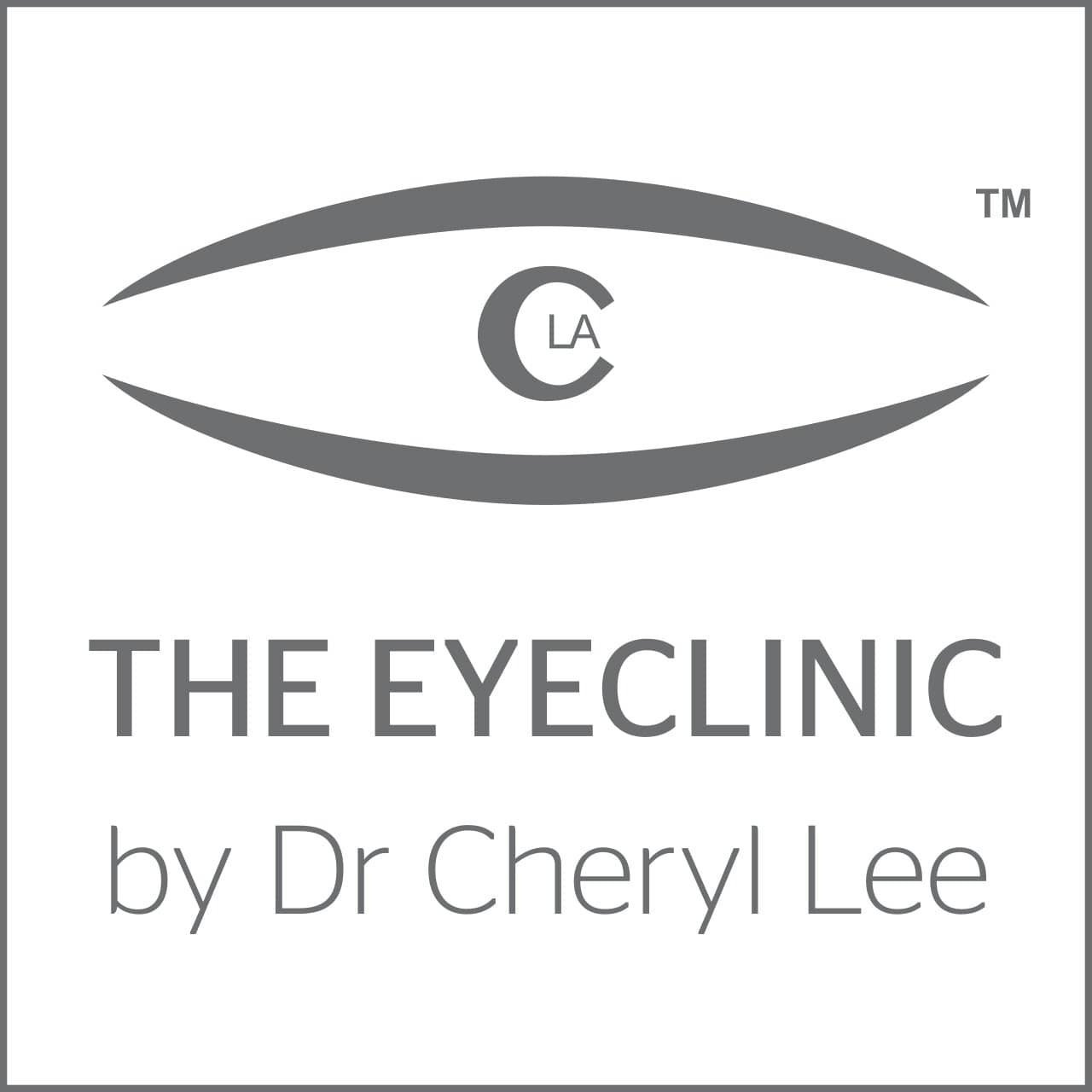Understanding the Impact of ADHD on Eye Health and Function
Attention Deficit Hyperactivity Disorder (ADHD) is often discussed in terms of its effects on attention, behavior, and learning. However, its influence extends beyond these areas, including how it affects eye health and visual function. Many people with ADHD experience challenges related to their vision that can impact daily life, learning, and overall well-being. This article explores how ADHD affects the eyes, the connection between ADHD and visual processing, and practical steps to support eye health in individuals with ADHD.
How ADHD Influences Visual Processing
ADHD is a neurodevelopmental condition that affects the brain's ability to regulate attention and impulse control. This regulation also involves how the brain processes visual information. People with ADHD often have difficulties with visual attention, which means they may struggle to focus on visual tasks or filter out irrelevant visual stimuli.
Visual processing challenges in ADHD can include:
Difficulty tracking moving objects or shifting gaze smoothly
Problems with visual memory and recognizing patterns
Sensitivity to bright lights or visual clutter
Trouble coordinating eye movements during reading or other tasks
These issues do not necessarily mean there is a problem with the eyes themselves but rather with how the brain interprets what the eyes see. This distinction is important because it guides how to approach treatment and support.
Common Eye-Related Symptoms in ADHD
While ADHD does not cause eye diseases, it can be associated with several eye-related symptoms that affect function and comfort:
1. Eye Strain and Fatigue
Many individuals with ADHD report feeling eye strain or fatigue, especially during tasks that require sustained focus, such as reading or screen time. This can lead to headaches and discomfort.
2. Difficulty with Eye Coordination
Some people with ADHD experience problems with binocular vision, where the eyes do not work together smoothly. This can cause double vision, blurred vision, or difficulty judging distances.
3. Visual Distractions
Because of challenges in filtering visual information, individuals with ADHD may find it hard to ignore background movement or clutter, making it difficult to concentrate on a single visual task.
4. Delayed Visual Reaction Time
Research suggests that ADHD can affect the speed at which visual information is processed, leading to slower reaction times in tasks that require quick visual responses.
The Link Between ADHD and Vision Disorders
Studies have found a higher prevalence of certain vision disorders among people with ADHD compared to the general population. These include:
Convergence Insufficiency: Difficulty in maintaining eye alignment when focusing on close objects, causing double vision or eye strain.
Accommodation Dysfunction: Problems with the eye's ability to change focus between near and far objects, leading to blurred vision.
Saccadic Eye Movement Abnormalities: Irregularities in the quick, simultaneous movement of both eyes between two or more phases of fixation in the same direction, which affects reading and scanning.
Addressing these vision disorders can improve comfort and performance in daily activities, especially learning and reading.
Not to forget , a child with ADHD can also have common eye sight issues likes myopia and dry eyes that are not related to ADHD. So that is why a thorough eye check by an ophthalmologist is important
Practical Strategies to Support Eye Health in ADHD
Managing eye-related challenges in ADHD involves a combination of professional care and lifestyle adjustments. Here are some practical steps:
Schedule Comprehensive Eye Exams
Regular visits to an eye care professional can help identify any underlying vision problems. Inform the optometrist or ophthalmologist about the ADHD diagnosis to ensure a thorough assessment of visual processing and coordination.
Consider Vision Therapy
Vision therapy involves exercises designed to improve eye coordination, focusing ability, and visual processing. It can be particularly helpful for conditions like convergence insufficiency and accommodation dysfunction.
Optimize the Visual Environment
Reducing visual clutter and distractions in work or study areas can help improve focus. Use good lighting that is neither too bright nor too dim, and consider anti-glare screens for digital devices.
Take Frequent Breaks
Encourage regular breaks during tasks that require intense visual focus. The 20-20-20 rule is useful: every 20 minutes, look at something 20 feet away for at least 20 minutes to reduce eye strain.
Use Assistive Tools
Colored overlays, reading rulers, or specialized glasses may help some individuals with ADHD improve reading comfort and reduce visual stress.
When to Seek Professional Help
If eye-related symptoms interfere with daily activities, learning, or quality of life, it is important to seek professional advice. Signs that warrant evaluation include:
Persistent headaches or eye pain during visual tasks
Frequent blinking, rubbing eyes, or squinting
Difficulty reading or copying from a board
Complaints of double or blurred vision
Avoidance of tasks requiring close visual attention
An eye care specialist can diagnose specific vision problems and recommend appropriate treatments or therapies.
Supporting Children and Adults with ADHD and Visual Challenges
Visual difficulties can add to the challenges faced by individuals with ADHD, especially children in school settings. Teachers and caregivers can support these individuals by:
Providing clear, uncluttered visual materials
Allowing extra time for reading and visual tasks
Using multisensory teaching methods that do not rely solely on vision
Encouraging regular eye breaks and movement activities
For adults, workplace accommodations such as adjustable lighting, screen filters, and scheduled breaks can improve comfort and productivity.
Final Thoughts on ADHD and Eye Health
Understanding the connection between ADHD and eye function helps in addressing a less obvious but impactful aspect of the condition. While ADHD primarily affects attention and behavior, its influence on visual processing and eye coordination can affect learning, work, and daily life. Early identification and management of vision-related issues can make a significant difference.
If you or someone you know has ADHD and experiences visual difficulties, consider a comprehensive eye exam and discuss possible vision therapies. Small changes in the environment and habits can also support better eye health and improve overall focus and comfort.
